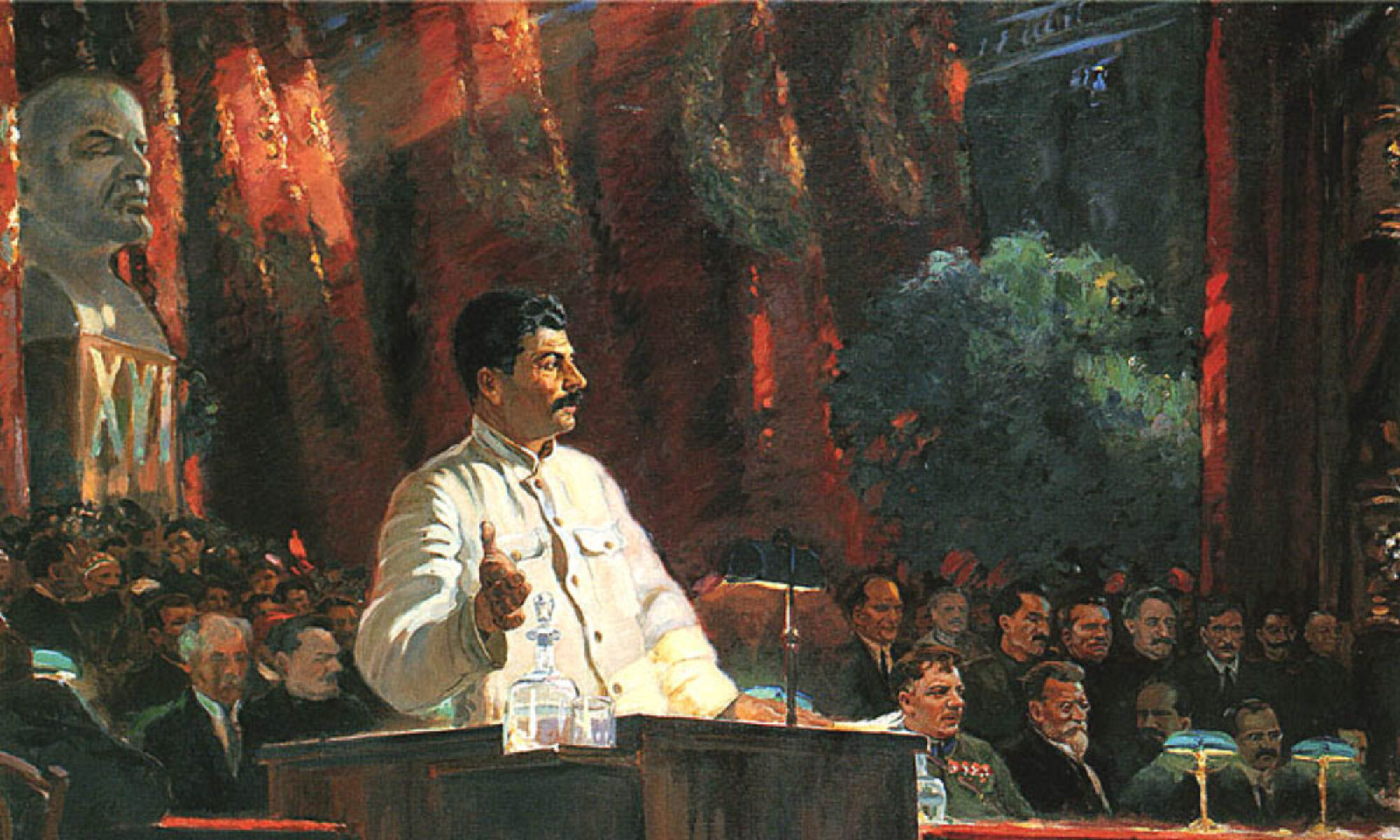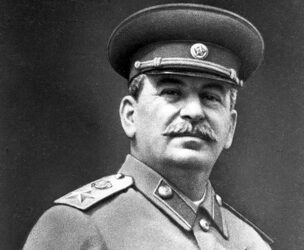In Kamp, we are presented with two narratives of how the events of March 8, 1927 unfolded. We are told by Rahbar- oi Olimov that the council did not want to mandate unveiling, “They said that it should be voluntary. Some of the progressive women were the first to unveil. The progressive women unveiled on the eighth of March, 1927” (158). However, a little further down we are told that, “The need to unveil was emphasized in Party and government circles, where members were told that the women in their families would be called on to unveil on Inter-national Women’s Day, March 8, 1927” (165).
Maybe I am reading into this difference too much, but I believe the views of the government seem substantially different based on these two quotes? Moreover, I find this difference important in the conversation surrounds Rahbar-oi asking her husband for a second paranji and him denying her. I think what my question is what type of agency do veiled women have?

